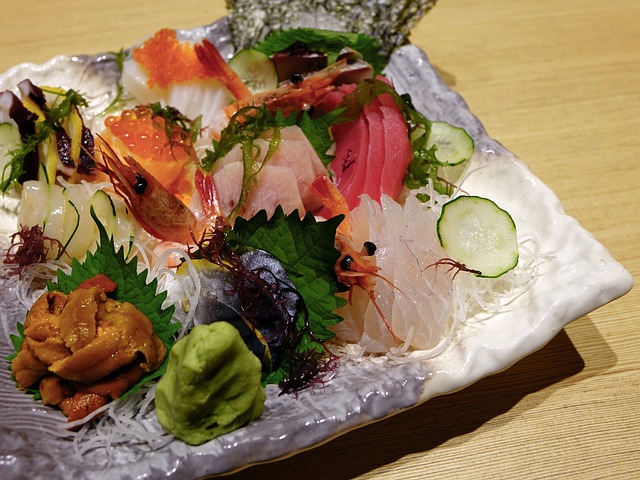Another culinary pattern, Western chefs are experimenting more with this ocean growth as a fixative and integrating it into soups and smoothies.
You might have experienced kelp folded over rice and fish at a sushi cafe, but it's not the primary thing that normally strikes a chord when contemplating morning toast spreads.
Ocean growth has long enjoyed prominence in Asia and is responsible for the decline of 98% of the 35 million metric tons annually sold worldwide, according to the UN's Food and Horticulture Association.
Disrupting Ocean Growth: This is how you can "indulge" in these superfoods.
Be that as it may, Western foodies are testing another culinary pattern with this fixture and integrating it into soups and smoothies. One of the critical reasons for its growing notoriety is its harmlessness to the ecosystem profile.
The Ocean Growth Statement, a UN report, recommends that the development of green growth could be a promising technique for capturing and removing carbon dioxide, a major contributor to global warming. Also, algae development does not need arable land or a water system, so it is possibly more economical than conventional farming.
Ocean growth is not only ecological; it's also a healthy force to be reckoned with. Known as a superfood, this sea vegetable is rich in protein, amino acids, nutrients and essential minerals such as iron and calcium.
As the global kelp trend gathers pace, here are imaginative ways to incorporate ocean growth into your culinary collection:
1. Ocean Growth Jam:
For a special take on breakfast, consider trying kelp jam. Miyeok, otherwise called "wakame", is a variation of green growth found in the harsh waters of the North Pacific.
Simmer with soy sauce, garlic, sugar and rice wine vinegar for a sticky, spreadable jam.
Use it as a fish fix, mix it with margarine to saute various proteins, or basically spread it on your morning toast for a delectable treat.
2. Kelp soup:
Another exemplary dish from Korea is miyeok-guk, a soup that emphasizes miyeok, garlic, soy sauce, sesame oil, and usually hamburger or other protein.
Despite being consistently enjoyed, it is not unexpectedly served at birthday parties, originating from the practice of use after pregnancy to support the mother's recovery after childbirth.
3. Smoothies for Ocean Growth:
Algae can be an incredible addition to your smoothies, whether for breakfast, a morning shot in the arm, or a great late-night treat.
This handy solution can boost your intake of nutrients, including B, C, E, and K. Consider consolidating ocean spaghetti, egg sacs, bladderwrack, ginger, pineapple, and spinach for a nutritious mix that showcases the best of both land and ocean.
4. Kelp Cheddar and Spread:
Dulse, a red-green plant from the North Atlantic, and lettuce are added to the cheddar and left to develop for some time.
This improves the flavor and also makes the cheddar "cheesier." a similar methodology is applied to margarine, which can be spread on toast or used in various dishes such as fried eggs.
With a horde of potential outcomes, including encouraging recipes such as onion bhaji with an injection of ocean spaghetti, the kelp is set to challenge misconceptions of it being 'disgusting and useless'. Jump into the universe of ocean growth and you'll find a completely different domain of flavors and culinary encounters.





.jpg)

.jpg)

0 Comments